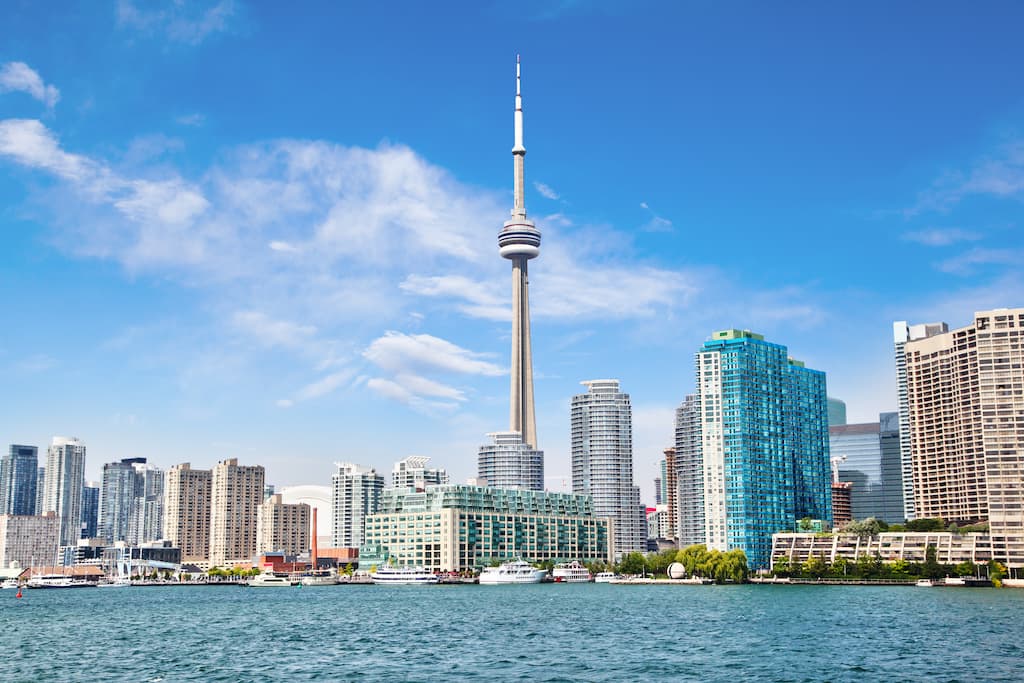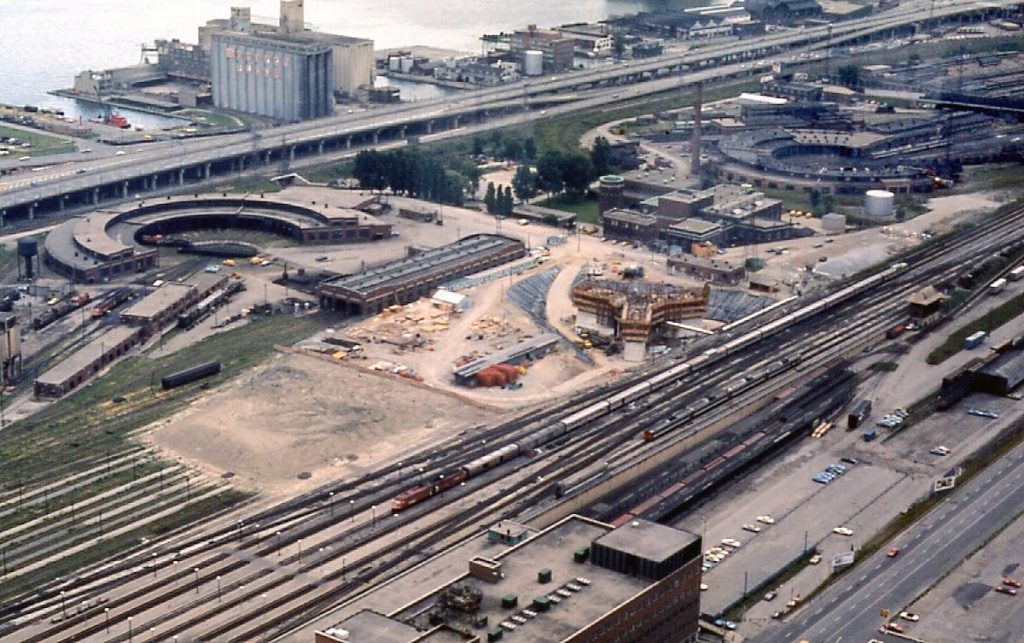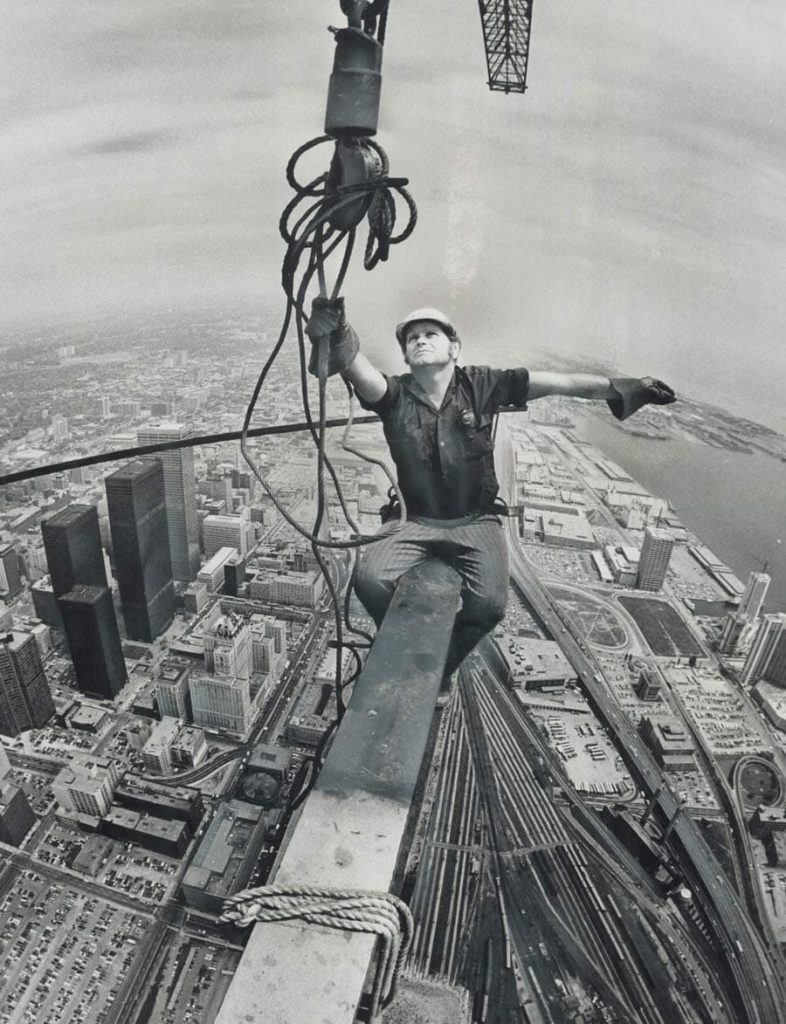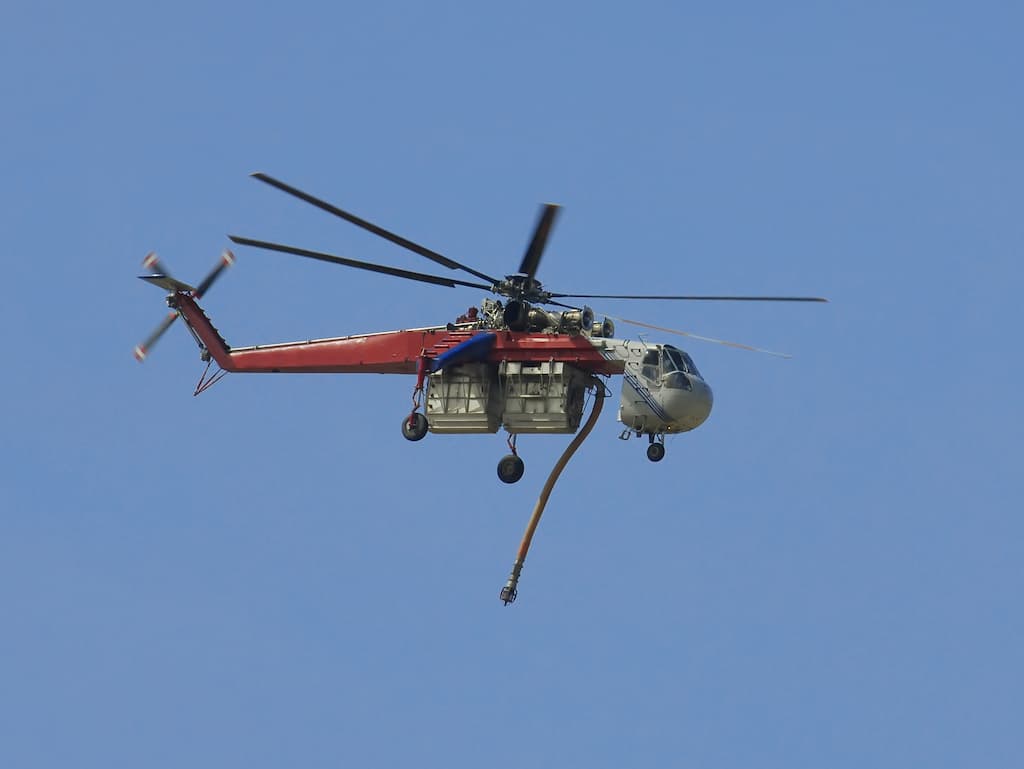The CN Tower, Toronto
As a tribute to the most outstanding civil engineering achievements of the 20th century, the American Society of Civil Engineers (ASCE) has chosen the Seven Wonders of the Modern World.
The international wonders demonstrate modern society's ability to achieve unachievable feats, reach unreachable heights, and scorn the notion "it can't be done."
The CN Tower, Toronto, is rated by ASCE as the second wonder of civil engineering after the channel tunnel.
The CN Tower is a 553.3 m-high (1,815.3 ft) concrete communications and observation tower located in Toronto, Ontario, Canada, built on the former Railway Lands, completed by Canadian National Railway in 1976. Its name "CN" originally referred to Canadian National, the railway company that built the tower.
However, following the railway's decision to divest non-core freight railway assets before the company's privatization in 1995, it transferred the building to the Canada Lands Company, a federal Crown corporation responsible for real estate development.

The CN Tower held the record for the world's tallest free-standing structure for 32 years until 2007.
The Burj Khalifa was now the world's tallest tower until 2009, when the Canton Tower surpassed it.
It is now the ninth tallest free-standing structure globally and remains the tallest free-standing structure on land in the Western Hemisphere.
In 1995, the CN Tower was declared one of the modern Seven Wonders of the World by the American Society of Civil Engineers. It also belongs to the World Federation of Great Towers.
It is a signature icon of Toronto's skyline and attracts more than two million international visitors annually.
Construction
Building the CN Tower was a vast and ambitious project that involved 1,537 workers who worked 24 hours a day, five days a week for 40 months to complete. Finally, tower construction crews moved in on February 6, 1973, and started to remove over 56 metric tonnes of earth and shale for the foundation.
Construction began on February 6, 1973, with massive excavations at the tower base for the foundation. By the time the foundation was complete, excavation had amounted to 56,000 tons of earth and shale.
The depth of dig was 15 m (49.2 ft) in the centre.
The contractor had built the base incorporating 7,000 m3 of concrete with 450 tons of reinforcement and 36 tons of steel cable.
This construction portion was pretty rapid, with only four months needed between the start and the foundation being ready for construction on top.

To create the central support pillar, workers constructed a hydraulically raised slipform at the base. The contractor achieved an unprecedented engineering feat on its own, consisting of a large metal platform that presented itself on jacks at about 6 m (20 ft) per day as the concrete below set. Concrete was
poured Monday to Friday by a small team of people until February 22, 1974. At that time, it had already become the tallest structure in Canada.

Photo credits: these photos were sourced from the Toronto Star Archives via the Toronto Public Library – thanks to the photographers Boris Spremo and Doug Griffin. (via https://tdotshots.com/history-construction-cn-tower-architectural-structure-toronto-skyline/)
The tower contains 40,500 m3 (53,000 cubic yds) of concrete, all of which were mixed on-site to ensure batch consistency. Through the pour, engineers maintained the vertical accuracy of the tower by comparing the slip form's location to massive plumb bobs hanging from it, observed by small telescopes from the ground. As a result, over the tower's height, it varies from factual vertical accuracy by only 29 mm (1.1 in).
In August 1974, construction of the main level commenced.
Specialist workers on the site used forty-five temporary hydraulic jacks.
The jacks were attached to cables strung from a temporary steel crown anchored to the top of the tower.
Twelve giant steel and wooden bracket forms were slowly raised, ultimately taking about a week to crawl up to their final position. First, the forms were used to create the brackets that support the main level and a base for constructing the central station itself. Next, the Space Pod took shape and was built of concrete poured into a wooden frame attached to reinforcement at the lower level deck and then reinforced with a large steel compression band around the outside.
While still under construction, the CN Tower officially became the world's tallest free-standing structure on March 31, 1975.

The antenna was originally to be raised by a crane as well. Still, during construction, the Sikorsky S-64 Skycrane helicopter became available when the United States Army sold one to civilian operators.
The aircraft, named "Olga", was first used to remove the crane and then flew the antenna up in 36 sections.
The flights of the antenna pieces were a minor tourist attraction of their own.
In addition, the use of the helicopter saved months of construction time, with this phase taking only three and a half weeks instead of the planned six months.
Finally, the tower was topped off on April 2, 1975, after 26 months of construction, officially capturing the height record from Moscow's Ostankino Tower and bringing the total mass to 118,000 tons.

The architects were John Andrews, Roger Du Toit, and the Webb Zerafa Menkès Housden Partnership; the structural engineer was R.R. Nicolet.
Only one person died during the construction of the CN Tower. Jack Ashton, a consultant with the concrete inspection company, was hit in the head by a falling piece of plywood, which broke his neck and killed him instantly. No one died from working at the tall heights due to falling.
My colleague shared your article with me and I found it very useful after reading it. Great article, it helped me a lot. I also hope to make a beautiful website like your blog, hope you can give me some advice, my website: gate.io ny
Dear Reader
Please make contact my website designer mike maloney @mike@malonetit.co.uk
Regards
Michael Harvey